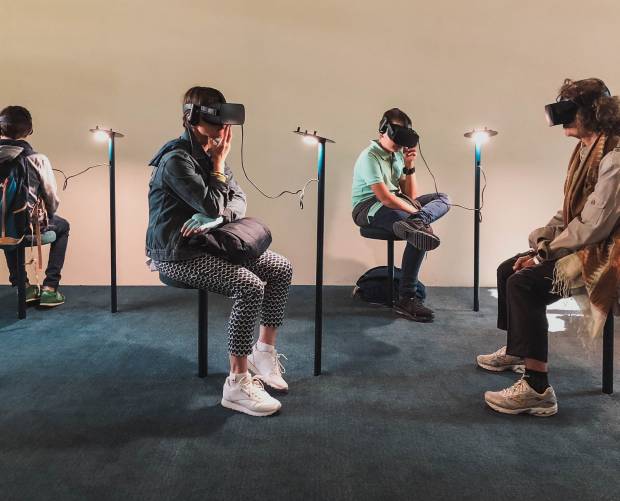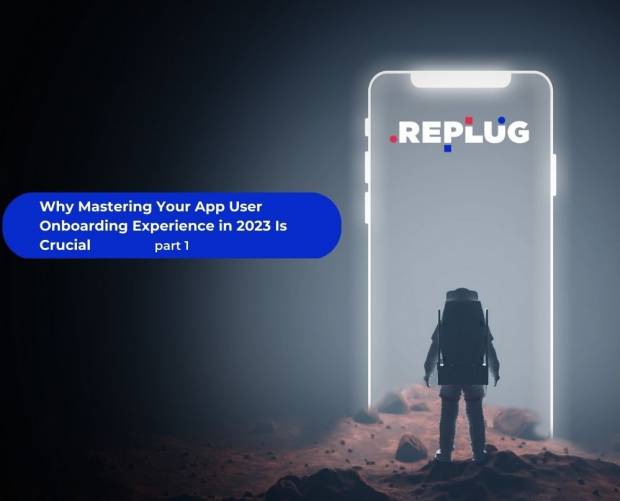 When Peugeot launched the 207 in the summer of 2006, it was the company’s biggest launch in 10 years, so the pressure was on to get it right. The company had used mobile for the first time for the launch of the 1007 and the 107 in 2005, and subsequently for the launch of the 407, the 407 Coupe and the 307. But for the 207 launch, it decided to take things further.
When Peugeot launched the 207 in the summer of 2006, it was the company’s biggest launch in 10 years, so the pressure was on to get it right. The company had used mobile for the first time for the launch of the 1007 and the 107 in 2005, and subsequently for the launch of the 407, the 407 Coupe and the 307. But for the 207 launch, it decided to take things further.
The company was looking for close engagement with the consumer, and deep integration with other channels. In order to encourage consumers to interact with the brand, Peugeot launched a TV, print, outdoor and online ad campaign encouraging readers to text ‘24’ to 60222 in order to get a 24-hour test drive.
Peugeot’s retained mobile agency, Marvellous Mobile, created a 207 WAP site that was designed to deliver on the creative expectations of the above-the-line and outdoor advertising. There were two versions of the sites, one graphics-heavy, the other graphics-light for users wanting a faster experience. And while the TV campaign was designed to sell the style of the 207, the WAP site was charged with the substance. Finance options demonstrated exactly how much the monthly payments would come to, and a car configurator, similar to those found on Internet sites, enabled consumers to configure the engine, interior and exterior colour of their car and download their design to share with friends and family.
“It can take three months from a consumer seeing a TV ad to deciding what car they want to buy” says Peugeot Marketing Manager, Kristian Cholmondeley. “With mobile, you can do it in 20 minutes. It’s a fantastic opportunity to catch consumers while they are caught up in the emotion of the TV ad.”
In addition to the WAP site, Marvellous also developed a Java brochure that reinforced the TV imagery, and that consumers could download and store on their phone to read at their convenience, and even forward to friends.
The campaign generated a considerable amount of data, including hard data on the number of visitors interactions with the campaign (visit to the WAP site, time spent, pages viewed); a soft poll on 50 of the visitors to the site to ask what they thought of it; sales data, providing a link with other marketing channels to compare where the people who bought a 207 came into the customer journey; and brand data, which enabled Peugeot to understand how mobile compares to other channels.
The results of the campaign were impressive. One in two people who interacted with the campaign ordered a test drive. One in five visited the WAP site, and one in eight ordered a brochure. The average dwell time on the WAP site was 20 pages. Interestingly, the conversion of a prospect from visiting the WAP site to downloading the JAVA brochure or booking a test drive was around 30% higher than for the Internet. Not surprisingly, Peugeot plans to use mobile as a key element in future launches.
.png)



